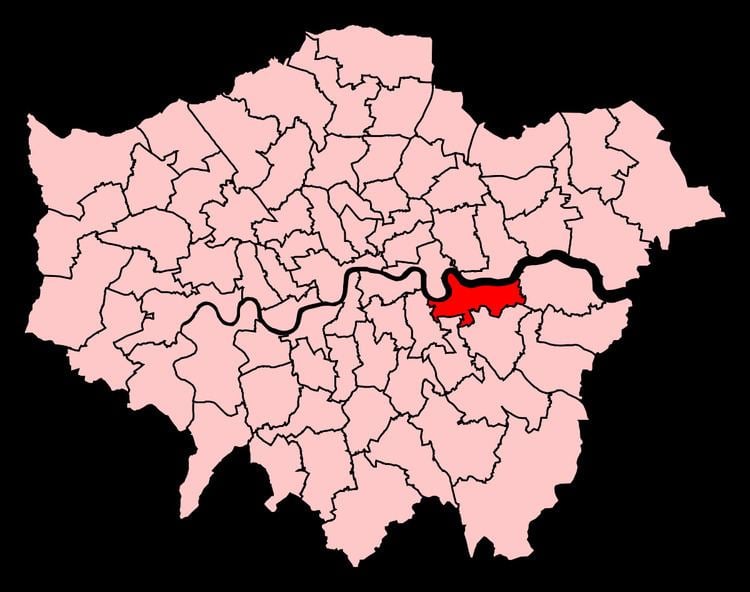Created 1997 European Parliament constituency London Number of members 1 | Electorate 66,982 (December 2010) | |
 | ||
Greenwich and Woolwich /ˈɡrɪnɪdʒ ənd wʊlɪdʒ/ is a constituency represented in the House of Commons of the UK Parliament since 2015 by Matthew Pennycook of the Labour Party.
Contents
Constituency profile
The seat while dominated in the south by expansive and panoramic Greenwich Park retains constituent connections to work at the former Royal Docks by and Gas Works in North Greenwich and has a considerable social dependency in its Greenwich and Woolwich town centres, including in social housing, heightened by an acute demand for housing, particularly in the western half, SE10 due to architecturally-rich conservation areas and very close proximity to Canary Wharf and City of London.
History
The constituency was created in 1997 by the merger of the whole of the former seat of Greenwich and the western half of the former seat of Woolwich. It has been won since 1997 by a Labour candidate, whose greatest majority of the votes cast 44.8% in 1997. The 2010 general election produced the slimmest majority of 24.7% of the vote.
The 2015 result was the 105th-safest Labour majority of its 232 seats.
Reflecting a demographic split in the latter 20th century were 5 and 11-year periods when the two predecessor seats were served by the SDP.
The Greenwich seat was a secure majority Labour seat for much of the twentieth century, though it had been a safe Liberal seat throughout most of the nineteenth century. In 1987 it was won by the Social Democratic Party at a by-election and narrowly regained by Labour at the 1992 general election.
The Woolwich seat (and its predecessor Woolwich East) was a similar safe-Liberal-seat-turned-safe-Labour-seat. Its Labour MP Christopher Mayhew defected to the Liberals in 1974 before being defeated, and his Labour successor, John Cartwright, defected to the SDP in 1981. He held the seat at the 1983 and 1987 general elections, but narrowly lost it to Labour in 1992, like the neighbouring Greenwich seat. In council elections since the seat's 1997 creation most wards have tended to elect Labour councillors and few wards other than Blackheath Westcombe ward have tended to elect Conservative councillors.
Including the pre-1997 predecessors, the area has since World War II been a Labour safe seat, or, as indicated in the 1987 result for Greenwich only, in the best result for a Conservative candidate locally during the years since 1955, occasionally a marginal.
Boundaries
1997-2010: The London Borough of Greenwich wards of Arsenal, Blackheath, Burrage, Charlton, Ferrier, Hornfair, Kidbrooke, Nightingale, Rectory Field, St Alfege, St Mary's, Trafalgar, Vanbrugh, West, and Woolwich Common.
2010–present: The London Borough of Greenwich wards of Blackheath Westcombe, Charlton, Glyndon, Greenwich West, Peninsula, Woolwich Common, and Woolwich Riverside.
Following their review of parliamentary representation in South London, and as a consequence of changes to ward boundaries, the Boundary Commission for England recommended that part of Woolwich Common ward be transferred to Greenwich and Woolwich from the constituency of Eltham; that parts of Glyndon ward be transferred from Eltham and Erith and Thamesmead; and that parts of Kidbrooke with Hornfair ward, Eltham West ward, and Middle Park and Sutcliffe ward be transferred from Greenwich and Woolwich to Eltham.
